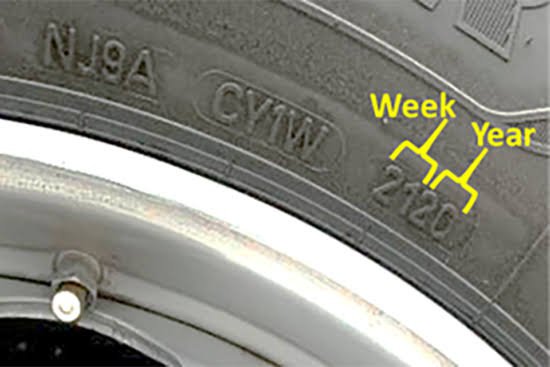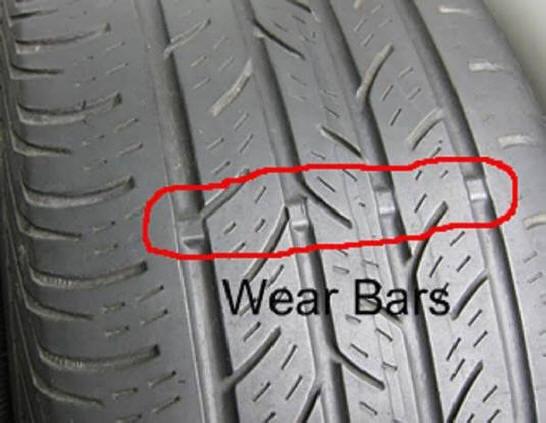|
|
Every tire sold in the U.S. must have U.S.
Department of Transportation (DOT) labeling. The
first two characters indicate the factory of
manufacture, and the next five or six are
manufacturer-specific jargon (for tracking purposes,
as in the case of a recall). The last four numbers
give the date of production which let you know how
old your tires are with the first two digits
indicating the week and the latter two the year (for
example, "2318" means that tire was produced in the
23rd week of 2018). The European equivalent of the
DOT code may also be present (it starts with an
"e"), although fewer manufacturers are printing both
on a tire's sidewall. If this string of numbers ends
with "-S," it means the tire complies with European
noise regulations.

As shown, the first 2 digital represent the week of
the year it made and the last 2 the year itself. In
this example it's somewhere in the 3rd full week of
May 2020.
It's generally accepted that tires in normal use
should see 5 years from that date. Driving hard and
overheating or overloading will shorten their life.
If they are out in direct UV light for long periods
will shorten their life. Look for fine cracks or
flakes of rubber falling from the sidewall.

Normal tire life is based on tread depth. Normally a
minimum of 1.5mm tread depth across the entire face
is considered safe.
There are tread wear indicators molded into the
grooves. These are a raised section about 5mm wide
at random points in the groove.
If tire wear is uneven than you have an alignment
issue and/or loose/worn suspension components.
|
|



